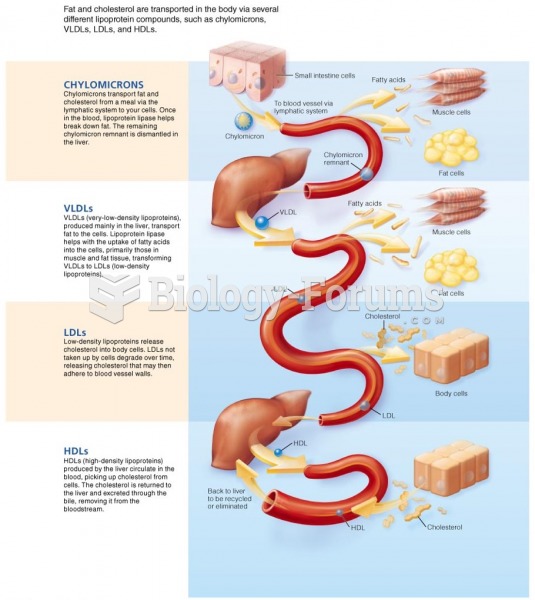Answer to Question 1
A, B, C, F
a. Correct. Informing the health care provider helps the elder to safely incorporate CAM into an existing therapeutic regimen. The nurse instructs elders to inform the health care pro-vider before using CAM, especially if the method is an herbal remedy, supplement, or over-the-counter medication, because many of these preparations interfere with other me-dication. Such drug interactions can lead to serious adverse effects.
b. Correct. The nurse enlightens elders by providing information about visual imagery, often used as a supplementary and alternative safe method for pain control.
c. Correct. The nurse can provide information and guidance on safely using pleasant aromas in the form of essential oils. For instance, the nurse discourages use of essential oils in and around the tub or shower to prevent accidents and injury.
d. Incorrect. Elders might want to use CAM to reduce prescription costs; however, the nurse avoids giving such advice because this can be interpreted as practicing medicine. In addi-tion, because herbal remedies and many supplements come from an unregulated industry, the purity and safety of these products is suspect.
e. Incorrect. The nurse avoids arranging massages for elders without approval of the health care provider.
f. Correct. The nurse conveys acceptance by providing a display about various forms of CAM. In addition, this acceptance can help elders approach their health care providers about using CAM in their therapeutic regimen.
Answer to Question 2
B
Feedback
A Incorrect. Midday administration is a less advantageous time for the medication administration because the main period of drug activity will occur in the even-ing.
B Correct. Diltiazem is a calcium-channel blocker used for hypertension, heart rate control, and angina from ischemic heart disease. To take advantage of rhyth-mical variations in heart disease, the best time to administer long-acting diltia-zem (Cardizem LA) is at bedtime because the medication will be active in the early morning hours, when a cardiovascular event is most likely to take place.
C Incorrect. Morning administration is too late for administration because morning administration misses the critical period around 4 and 5 AM.
D Incorrect. Administration of Cardizem LA every 4 hours is contraindicated be-cause it is a long-acting formulation meant to be administered once daily.







